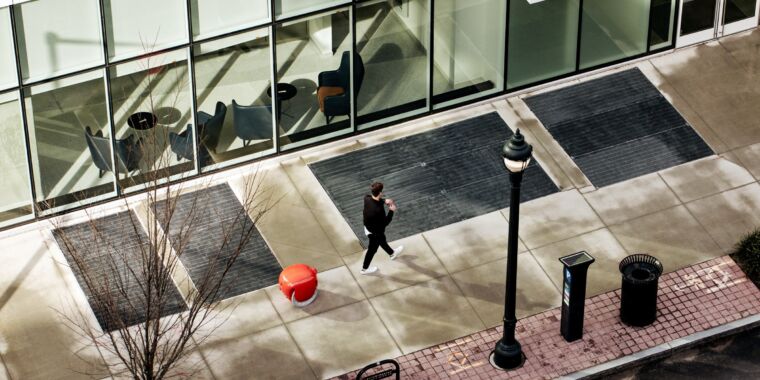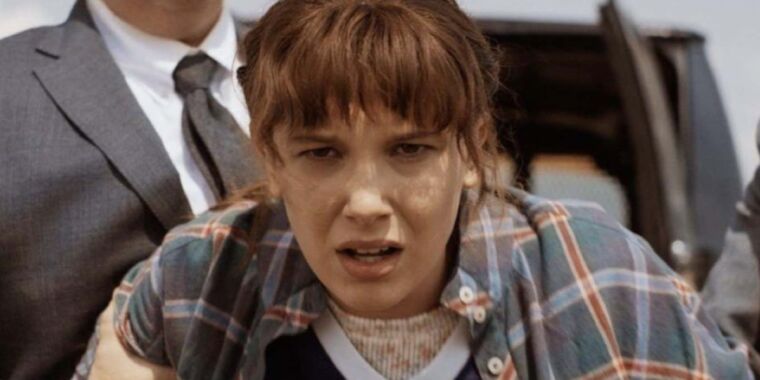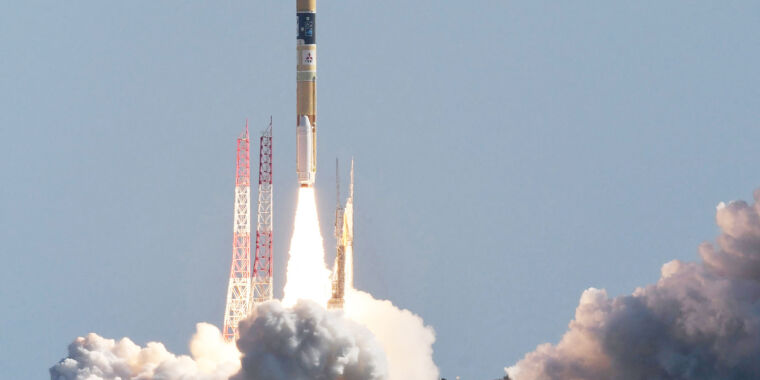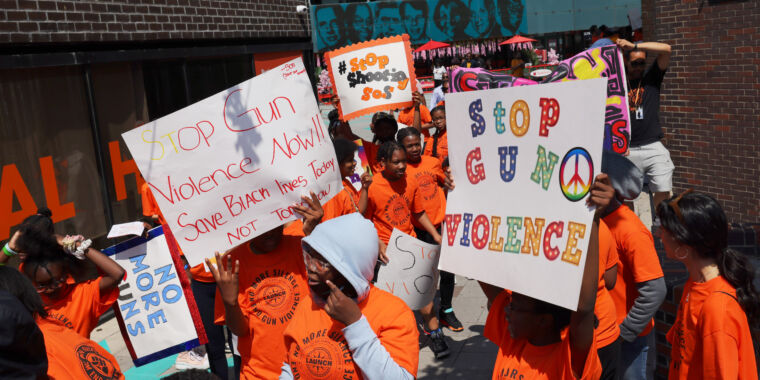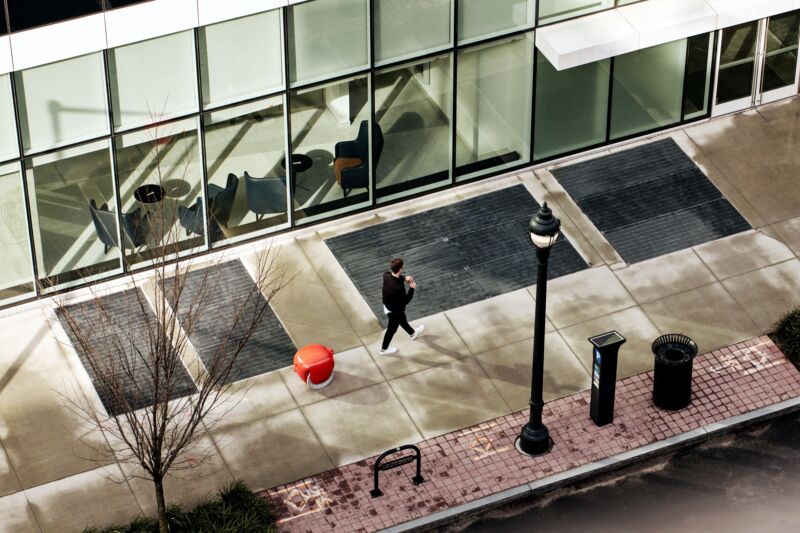
Piaggio Fast Forward
When Amazon introduced its home robot Astro earlier this year, it first showcased the robot following behind a person. It’s a simple idea that has captured people’s imaginations with depictions in science fiction, like R2-D2 and BB-8 from Star Wars, and in reality, with research projects like DARPA’s robotic pack mule.
Follower robots have been tapped for senseless pursuits like carrying a single bottle of water, but robots can also carry tools in a warehouse or just-picked fruit from an orchard to a packing station. Artificially intelligent machines trained to follow people or other machines can transform how we think about everyday objects, like carry-on luggage or a set of golf clubs. Now the makers of follower robots want to coordinate movement around the modern workplace.
Follower robots have been under development since the late 1990s, beginning on the ground and extending underwater and into the sky. Initial forms relied on following the location of a tag in a person’s pocket, but advances in deep learning and computer vision now allow AI to navigate by “seeing” the world through cameras and other sensors.

In farm fields, Burro offers what looks like an autonomous driving pallet on the body of a four-wheel ATV that can move freely between the rows of California fruit orchards.
To train a Burro robot, you simply press a Follow button and start walking; at the end of the path, you press the button again. Using up to 20 cameras, computer vision, and GPS, Burro follows you and memorizes the route. It can then ferry goods unassisted and communicate the path to other Burro robots.
A Burro weighs up to 500 pounds and can carry as much as 1,000 pounds. Table grape growers are using Burros to ferry fruit from laborers in vineyards to people packing the goods in clamshells before loading them onto trucks for transport to grocery stores.
Roughly 100 Burro devices are currently operating in southern California vineyards after three years of trials. The company hopes to quadruple that number with help from $10 million in new funding completed this fall.
Burro CEO Charlie Andersen says the robots have logged nearly 50,000 hours in the past five years in blueberry, blackberry, raspberry, and grape fields, as well as at plant nurseries.
Some of the new funding will go toward creating software to tackle the technical challenge of managing hundreds of rovers in the field. Burro is also working to integrate tech from Bloomfield Robotics that uses computer vision and AI to predict grape yields and monitor crops for disease or fungus. In the long run, Burro wants to provide a platform to coordinate predictive AI and machines in motion for fruit and nut orchards and vineyards.
Beyond incorporating computer vision, Burro is testing attaching robotic arms to its pallets to cut grapes from vines so a robot can harvest, prune, and de-leaf vineyards. “We are gripping and clipping, but not doing post-gripping trimming, which is immensely complex and we don’t think will be viable in commercial settings in the near term,” Andersen says.
Fruit and nut growers are increasingly incorporating computer vision into their work. Tastry, for example, uses AI to look for combinations of grapes that can mask smoky flavors at vineyards tainted by wildfires, and a cross-disciplinary team of biologists and AI researchers working with the US Department of Agriculture is seeking ways to protect vineyards from fungus that can spoil a crop.
Walt Duflock helps run a 10,000-acre farm in California’s Monterey County for cattle, table grapes, and other crops. He’s also VP of innovation for the Western Growers Association, a consortium of farmers that represents half of the fruit-, vegetable-, and nut-growing operations in the US.
Duflock first met Burro’s founders while working as a mentor for the Thrive agriculture startup accelerator. He thinks automation is necessary to address labor shortages in agriculture, particularly for harvesting. Over time, he thinks robots like Burro can eliminate up to 20 percent of labor on farms.

